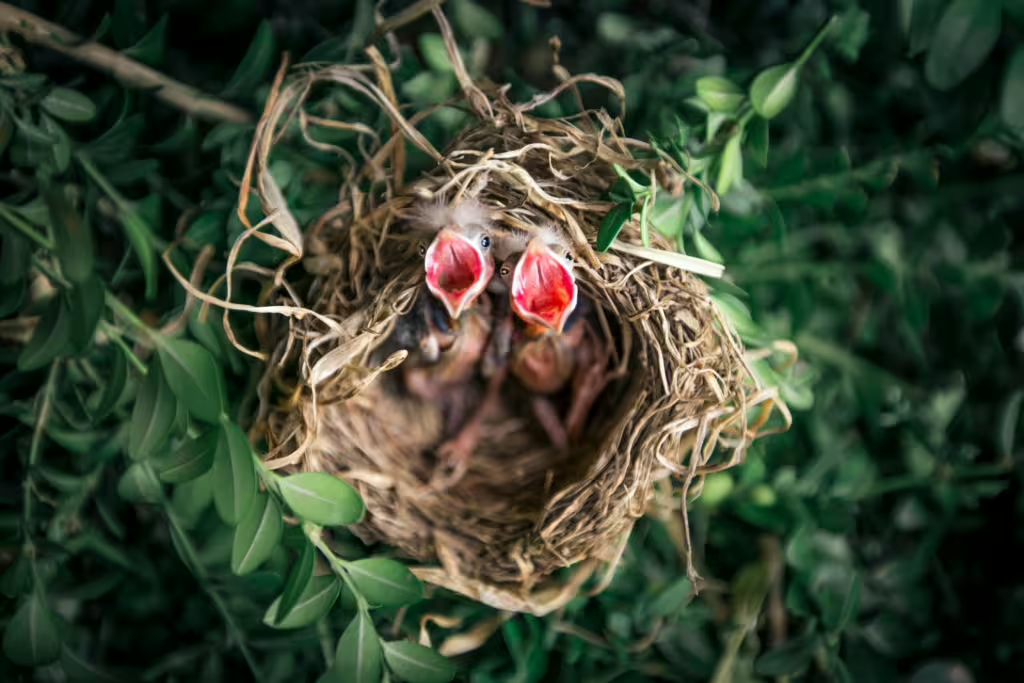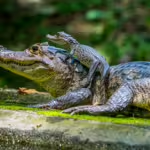Today, we continue our discussion about nature’s most interesting parents by moving on to our fine, feathered friends; the birds. As you might have already guessed by reading our first few entries on the subject, parenting in the animal kingdom comes in many different forms. However, few animals exhibit the range and ingenuity of care quite like birds.
Birds can be found on every continent and in every ecosystem. As at home on the Arctic tundra as they are in tropical rainforests, birds have evolved an astounding array of survival strategies and many of them are evident in the way they raise their young.
While some avian parenting methods are tender, others are far more extreme, some might even say…downright dysfunctional. Yet, all methods are equally efficacious if the end result is that the chick survives to adulthood. In all their varied forms, the parental behaviors of birds help us to shed light on evolutionary adaptation, while simultaneously showcasing a global tapestry of avian dedication and resourcefulness.
In this article, we will go over some of the most interesting and extraordinary examples of bird parenting. Our journey will take us all over the world, where we will learn about the many unique strategies birds use to raise their progeny and the circumstances that have made them use such interesting parental tactics.
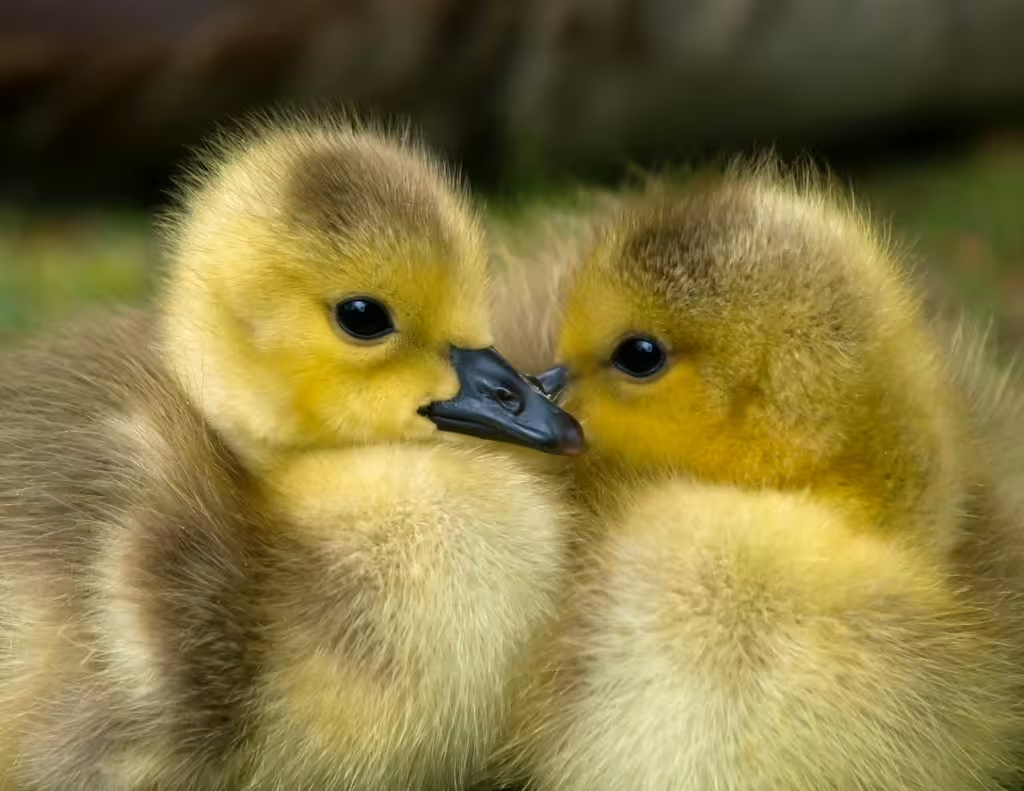
Emperor Penguin – Parental Endurance at the Edge of the World
The dedicated Emperor Penguins of Antarctica top this list for several reasons. First, few birds give more to their offspring than emperor penguins. They guard their eggs with unrivaled tenacity, enduring cold and starvation to keep their eggs warm and safe, despite their harsh ecosystem. Penguin parents are partners in this and so, the survival of the offspring also hinges on cooperation.
It works like this, after laying a single egg in the dead of Antarctic winter, the female penguin passes it to the male so that she can go out to the ocean to feed. The ensuing two months are brutal for the male, who nestles the egg on his feet, tucked beneath a warm flap of abdominal skin called a brood pouch. During these harsh two months, he forgoes food and braves frigid temperatures as low as -60°F (-51°C), as well as winds exceeding 100 mph (160 km/h).
Fortunately, these stay at home dads are not alone. Male emperor penguins huddle together to keep warm and once again, this type of cooperative behavior helps them protect their nesting chicks, while ensuring their own survival. When the female does return, the food she regurgitates is not for the male, but the newly-hatched chick. Once the kid is sated, the male heads out and switches roles. While he’s out, she keeps the chick warm; showcasing even more how parental cooperation is a key to their survival.
Superb Fairywren – Why it Takes a Village
In Australia, a tiny bird exists which raises its young using the old proverb “it takes a village,” though we’re certain that it’s never heard that particular colloquialism. The Superb Fairywren, scientifically known as Malurus cyaneus, utilizes a very different model of parenting than that of other wild critters. Fairy wrens do something called cooperative breeding, which involves calling in extended family to help raise their nesting chicks. These jewel-toned birds will even call their older kids back to the nest to help raise subsequent broods.
These spare parents are often called to defend territory from encroaching families, feed the hungry chicks, and guard against predators. Meanwhile, the dominant pair continues to breed and up the odds of the family group’s survival. Through their care of the nestlings, the additional nest helpers also gain valuable parenting experience for when they too begin to breed. This type of communal effort reflects a strategy in which evolutionary success is achieved not just through direct reproduction, but by supporting one’s kin in a very tangible way.
Great Horned Owl – Fierce Parental Guardians
Most readers are familiar with owls as some of the most powerful raptors in the avian kingdom, but did you know that even one of the world’s greatest hunters is also a surprisingly attentive parent? North America’s own Great Horned Owl is a dedicated parent and a clever opportunist. These birds mate for life, though they breed every year. Once a breeding season, they will mate and raise a brood, the female incubating the young while the male hunts for rabbits, rodents, or other animals to feed the entire family.
Their nests are repurposed, often abandoned nests once used by hawks and crows. Once the owlets hatch, the mother continues brooding and keeping them safe, while the father continues on as a full-time provider. That is, until the chicks are ready to hunt on their own. Most other animals will not mess with these attentive parents, either, as Great Horned Owl parents are fiercely protective. In fact, they are positively unafraid of larger predators when it comes to their young, and will defend them using their powerful wings, sharp talons, and terrifying screeches if need be.
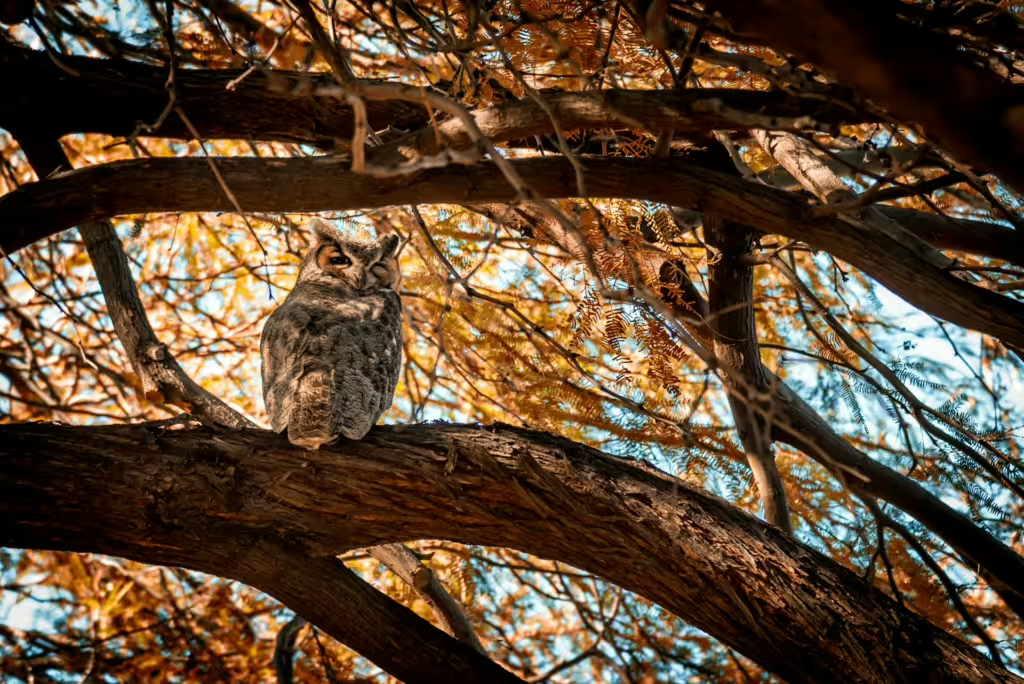
Hoatzin – Hanging on in the Amazon
The Hoatzin is already an unusual bird, simply based on its appearance and smell, but this Amazon native also happens to have an unusual, some might say prehistoric parenting feature built-in. Nicknamed the “stinkbird” due to its unpleasant odor, the hoatzin’s diet of hard-to-digest leaves has left it with a gut full of fermenting food. But that isn’t why we’re here. What’s truly interesting about the hoatzin is how it possesses claws on its wings….only when it’s a baby, though.
The clawed wings on a baby hoatzin are an evolutionary trait that allows them to climb back up to the nest should they fall out; or should they jump out and into the water below to escape an encroaching predator. These prehistoric appendages fall off when the birds eventually reach adulthood, but they make the baby hoatzin appear more like dinosaurs than modern birds. Hoatzin parents are aware of their chicks’ claws and so, don’t have to spend too much time tending the nest when the children are young. That said, they aren’t exactly absentee parents, either. Both male and female parents share responsibilities, feeding the chicks by regurgitating the same smelly, fermented leaves that give them their titular stink.
European Cuckoo – Opportunistic Deceivers
Not all bird parents are great at their job. The European Cuckoo, for instance, is so bad at parenting that it hands the chick off to another bird so that they can raise it in their stead. The cuckoo is what’s known as a brood parasite. The species has turned parental care into a strategic deception by laying her eggs in the nests of other, smaller birds like warblers or pipits.
Why does it do this? Well, the cuckoo wants other birds to tend to her eggs, and since the cuckoo egg mimics the host’s in color and size, the trick usually works. The unsuspecting foster parents care for the egg and once the baby is hatched, the cuckoo chick goes to work. Cuckoo chicks are in on the game from the start and will usually eject the host’s eggs or chicks from the nest, thus monopolizing food and care. Meanwhile, the host parents, unaware, continue to feed the intruder, sometimes even as it grows many times their size!
Ground Hornbills – Locked up, Safe and Sound
Hornbills are among the most unusual and cooperative bird parents in the animal kingdom. The mostly terrestrial Ground Hornbill, for example, has a very unique means of protecting herself and her young while she waits for them to hatch. These hornbills wait until its time to nest and then seal themselves into a tree cavity to wait out the hatching. Yes, you heard that right, a female ground hornbill will willingly enter a tree and seal herself in using mud, feces, and food remnants until the deed is done. When she does this, she leaves only a narrow slit for the male parent to deliver food to her and her young.
This process can last for weeks or even months but it is essential for protecting both mother and chicks from ground-based predators. When the chicks are big enough to fledge, the whole family breaks out of the self-made hospital cell and reunites with the father, who has been providing sustenance for all of them the entire time. It is yet another prime example of how avian mating partners help one another to safely raise their progeny.
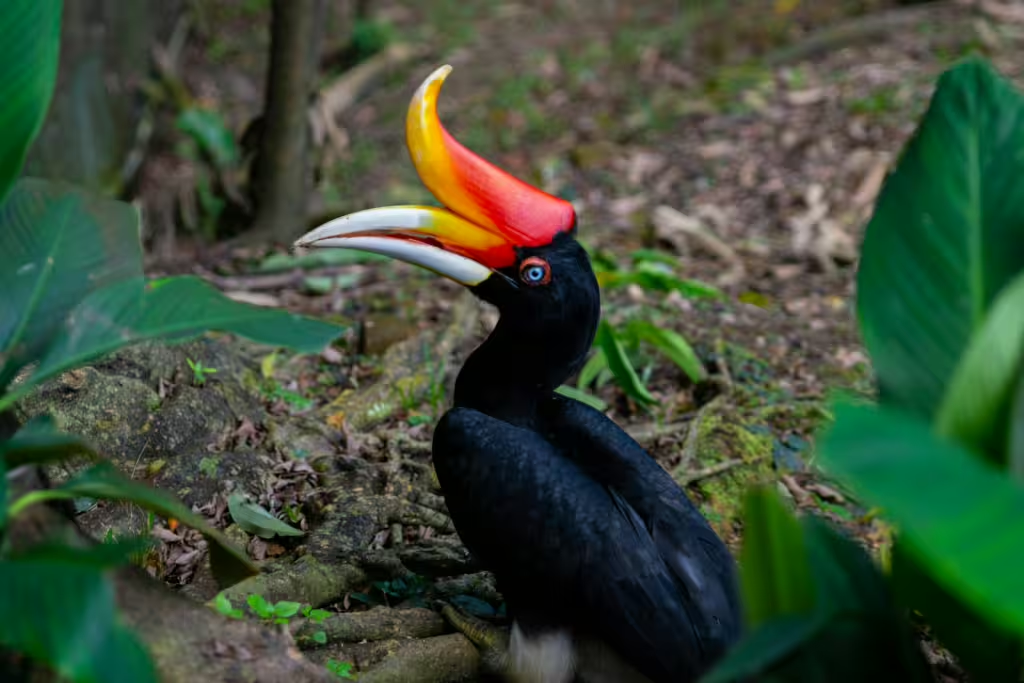
True Investigator Says…
As you can see, whether they raise their chicks in the forest, the jungle, the suburbs, or the frozen arctic, bird parents have picked up all the tricks they need to overcome any unfortunate challenges posed by their ecosystem. The dizzying variety of parenting techniques found in the avian world is too vast to be contained in one article, which is why we may continue with more down the line. Either way, you have now witnessed a small sampling of what is possible when animal parents have to be resourceful. Certainly, some methods are cruel and deceptive, but many are traditionally sweet, and all are exceptionally clever.
In the end, what unites all these examples is an unyielding drive that all parents possess; the need to pass on our DNA to the next generation by raising capable, successful offspring. in many ways, the methods that these animals use is a mirror of our own experience as parents. Like them, we sacrifice, we nurture, and we push the limit when it comes to our kids; so why shouldn’t birds?
Discover more from TrueInvestigator
Subscribe to get the latest posts sent to your email.
